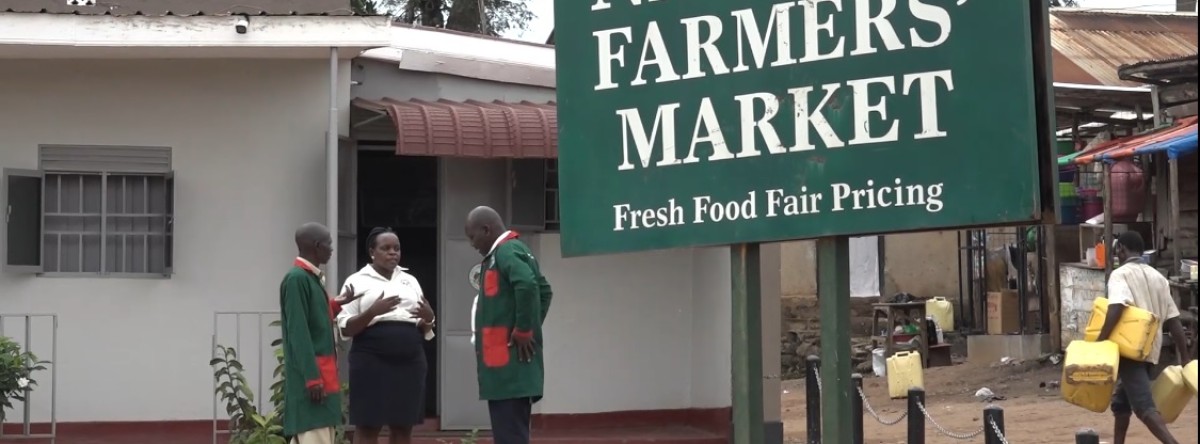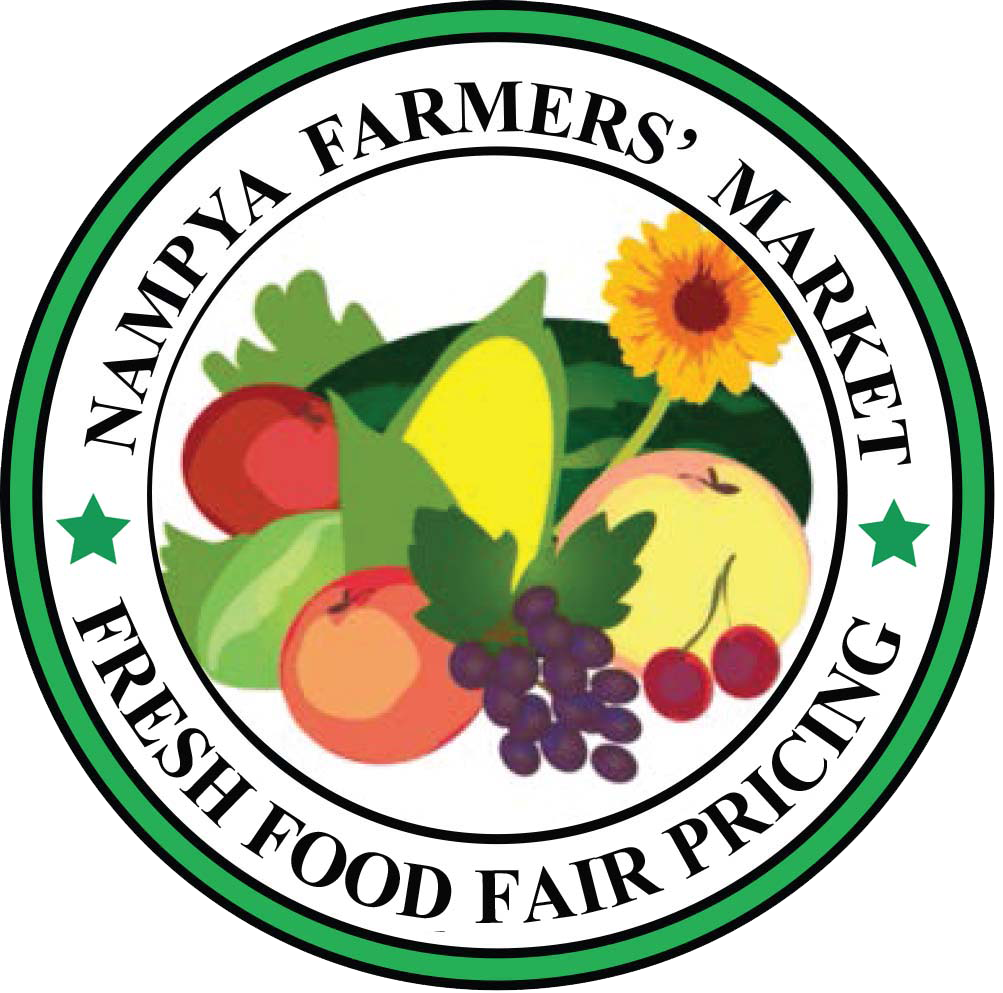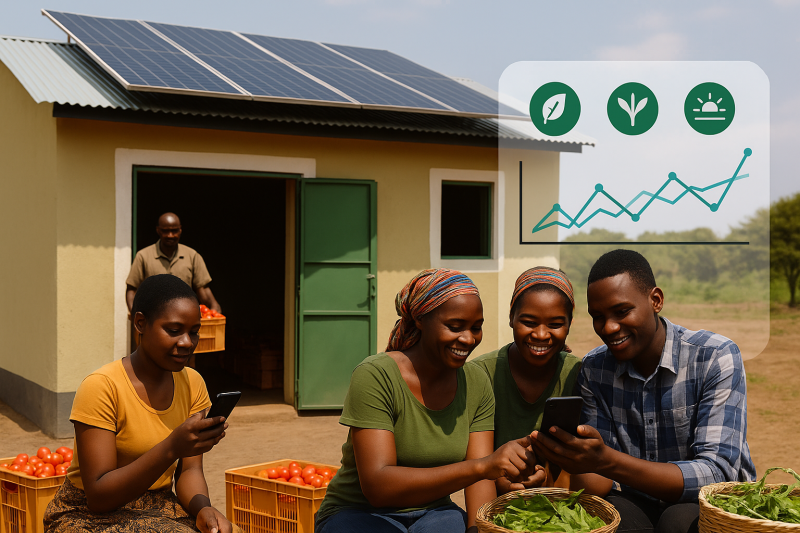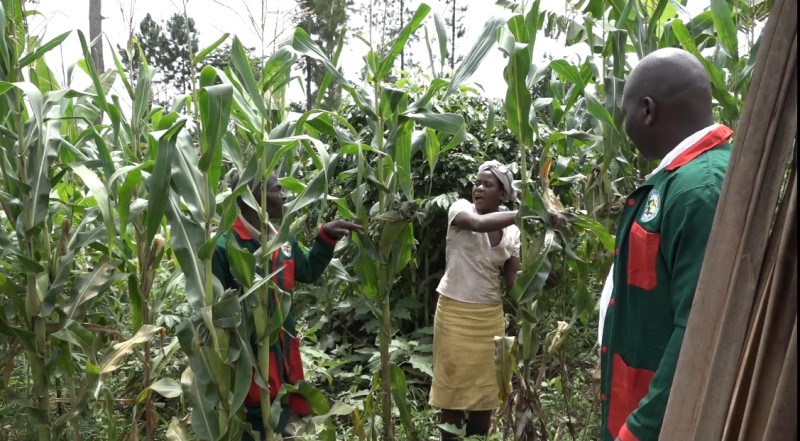Nampya Farmers Market is a Ugandan social enterprise focused on empowering smallholder farmers and building sustainable, equitable food systems. We're driving East Africa’s transition toward clean, inclusive, and resilient food systems. Through solar-powered infrastructure, digital innovation and community-based governance, we empower smallholder farmers to reduce losses, earn fair incomes, and access clean energy—creating a ripple effect of social, economic, and environmental benefits.
Through innovation, collaboration, and inclusion, Nampya Farmers Market is redefining how food and energy flow across Africa’s agricultural landscape. Our impact extends beyond numbers—it’s about creating systems where every farmer, especially women and youth, can thrive in a low-carbon future
- Plot 34 Namayumba Health center IV lane P.O.Box 36099 Kampala, Unknown 256
- https://www.nampyafarmersmarket.com
- Mark Matovu
- +256785134155
- m.mark@nampyafarmersmarket.com
Contact
Have a question or comment? Feel free to let us know, just fill in the information below and click the Submit button.



